Home>Interior Design>How To Use A Plunger: For Fast Plumbing Fixes
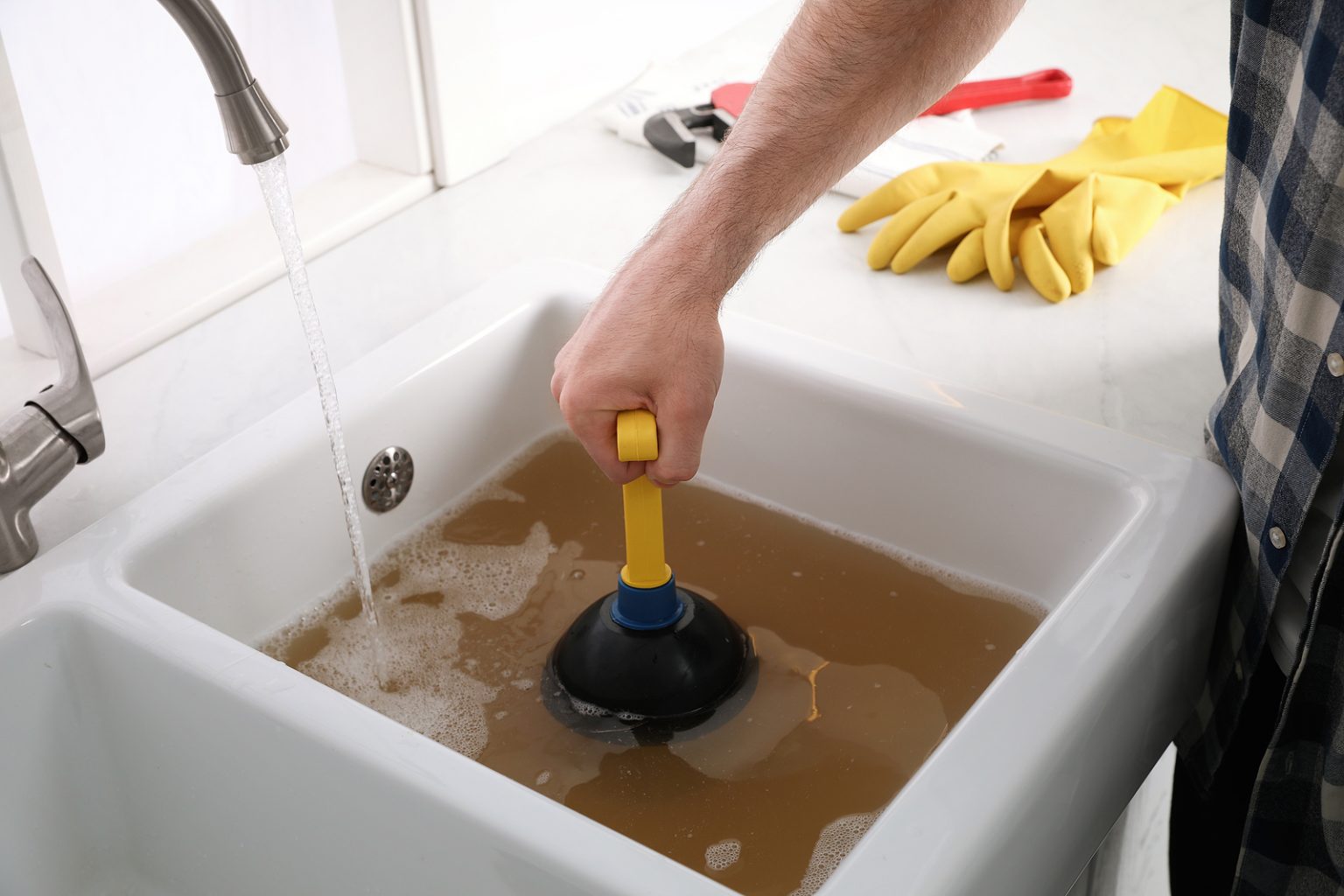

Interior Design
How To Use A Plunger: For Fast Plumbing Fixes
Modified: March 24, 2024
Learn how to use a plunger effectively for quick and easy plumbing fixes in your home. Perfect for interior design enthusiasts looking for hands-on solutions.
(Many of the links in this article redirect to a specific reviewed product. Your purchase of these products through affiliate links helps to generate commission for Storables.com, at no extra cost. Learn more)
Introduction
Welcome to our comprehensive guide on how to use a plunger for fast plumbing fixes. When faced with a clogged toilet or sink, a plunger is often the go-to tool for homeowners. It is a simple and effective device that can help clear blockages and restore normal water flow without the need for a plumber.
In this article, we will walk you through the different types of plungers available, how to properly prepare and use a plunger, and provide some helpful tips for effective plunging. We will also discuss the common plumbing problems that can be fixed using a plunger.
So, whether you are dealing with a stubborn clog or just want to be prepared for future plumbing emergencies, read on to become a plunger pro and tackle these issues with confidence.
Key Takeaways:
- Master the art of plunging with the right type of plunger for each plumbing fixture, proper preparation, and effective plunging techniques to quickly and confidently tackle common plumbing issues at home.
- Enhance your plunging success with tips like using petroleum jelly, covering adjacent drains, and being mindful of splashback. Remember, persistence and patience are key when using a plunger.
Read more: How To Use A Plunger?
Types of Plungers
When it comes to plungers, not all are created equal. There are different types of plungers available, each designed for specific types of plumbing fixtures. Understanding the different types will help you choose the right plunger for the job at hand.
- Cup Plunger: The cup plunger is the most common and versatile type of plunger. It features a rubber cup-shaped head that creates a tight seal around the drain opening. Cup plungers are typically used for unclogging sinks, tubs, and showers. They are not recommended for use on toilets as they may not create a strong enough seal.
- Flange Plunger: Also known as a toilet plunger, the flange plunger is specifically designed for unclogging toilets. It features an additional rubber flap or flange at the bottom of the cup, which helps create a better seal in the curved drain of a toilet bowl. The flange plunger is a must-have tool for every homeowner.
- Accordion Plunger: The accordion plunger, as the name suggests, has a bellows-like design. It is ideal for clearing tough clogs in toilets and drains. The accordion-style head provides additional suction power, making it easier to unclog stubborn blockages.
- Plumber’s Helper: The plumber’s helper, also known as a power plunger or jet plunger, employs water pressure to dislodge clogs. It features a built-in water reservoir and uses a stream of high-pressure water to force the blockage through the drain pipe. This type of plunger is particularly useful for clearing grease or debris buildup in kitchen sinks and drains.
It is important to choose the right type of plunger based on the plumbing fixture you are dealing with. Using the wrong plunger may not create a proper seal, resulting in ineffective plunging. Now that you know the different types of plungers, let’s move on to preparing the plunger for use.
Preparing the Plunger
Before using a plunger, it is important to ensure that it is clean and free from any debris or dirt. Follow these steps to properly prepare your plunger:
- Clean the Plunger: Rinse the plunger with warm water to remove any dirt or residue. It’s essential to have a clean surface on the plunger to maintain a proper seal when in use.
- Inspect the Rubber Head: Check the rubber head of the plunger for any cracks or tears. A damaged head may compromise the effectiveness of the plunger. If you notice any damage, consider replacing the plunger with a new one.
- Wet the Rubber Head: Prior to plunging, wet the rubber head of the plunger with some water. This will help create a better seal and improve suction power.
Once you have prepared the plunger, you are ready to start using it to unclog your drain or toilet. Let’s move on to the next section to learn how to effectively use a plunger.
Using the Plunger
Using a plunger correctly can make all the difference when it comes to unclogging a drain or toilet. Follow these steps to effectively use a plunger:
- Create a Seal: Place the rubber head of the plunger over the drain opening or toilet bowl. Ensure that the entire head covers the opening to create a tight seal. For sinks and tubs, you may need to partially fill them with water to improve the plunger’s effectiveness.
- Push and Pull: With a firm grip on the handle, push the plunger down forcefully to expel air from the rubber head. Then, quickly pull it back up. This action creates suction that can dislodge the clog in the pipe.
- Repeat Plunging: Continue pushing and pulling the plunger in a steady and controlled manner. Aim for about 15-20 plunges in quick succession. Maintain a good rhythm and pressure to maximize the force exerted on the blockage.
- Check for Results: After a series of plunges, carefully remove the plunger to see if the water begins to drain or the clog starts to break up. If the water starts flowing, keep plunging to clear the remaining debris. If there is no noticeable improvement, you may need to repeat the process or try a different technique.
Remember, patience and persistence are key when using a plunger. It may take several attempts before the clog is completely cleared. If plunging does not work, you might need to explore other methods or consult a professional plumber.
Now that you know how to use a plunger effectively, let’s move on to some helpful tips for better plunging results.
When using a plunger, make sure to create a tight seal around the drain or toilet bowl. Use quick, forceful plunges to dislodge the clog. Keep the plunger upright to maintain the seal.
Tips for Effective Plunging
To enhance your plunging efforts and increase your chances of success, consider the following tips:
- Use Petroleum Jelly: Apply a thin layer of petroleum jelly around the rim of the rubber head. This helps create a better seal and improves suction power by minimizing air leaks.
- Plunge with Force: Use strong and forceful plunging motions to generate sufficient pressure inside the drain or toilet pipe. The more force you exert, the better chance you have of dislodging the clog.
- Use a Wet Rag: If you are plunging a double sink or have multiple drains connected, use a wet rag to cover the adjacent drains. This will prevent air from escaping through those drains and ensure all the force is directed towards the clog.
- Be Mindful of Splashback: When plunging a toilet, be cautious of potential splashback. Plunge gently at first to avoid water splashing out of the bowl. Gradually increase the force as needed while maintaining control.
- Alternate Plungers: If you have access to different types of plungers, try alternating between them if one type doesn’t seem to be effective. Different plungers create different amounts of suction, which can help dislodge stubborn clogs.
Remember to be patient and persistent during the plunging process. It may take several attempts before the clog is fully cleared. If all your efforts fail, it may be time to call a professional plumber to address the issue.
Now that you have mastered the art of plunging and learned some valuable tips, let’s move on to the next section to discover the common plumbing problems that can be fixed using a plunger.
Read more: How To Fix A Syringe Plunger
Fixing Common Plumbing Problems with a Plunger
A plunger is a versatile tool that can help address various common plumbing problems. Here are a few issues you can fix using a plunger:
- Clogged Toilets: The most common use of a plunger is to unclog toilets. A flange plunger is specifically designed for this purpose. By creating a strong seal and applying forceful plunging motions, you can often dislodge the blockage and restore proper flushing.
- Clogged Sinks: Sink clogs can be frustrating, but a cup plunger can come to the rescue. Place the plunger over the drain, ensure a tight seal, and plunge vigorously. The suction force can often dislodge debris or buildup, allowing water to flow freely down the drain.
- Clogged Showers or Bathtubs: Similar to sink clogs, a cup plunger can be used to unclog showers or bathtubs. Make sure to cover the overflow drain with a wet rag to prevent air from escaping. Plunge the drain with force, and the suction created can remove the blockage.
- Clogged Floor Drains: If you have a floor drain that is backed up, such as in basements or garages, a cup plunger can also be effective. Place the plunger over the drain, ensuring a good seal, and plunge forcefully. This action can help dislodge debris and restore proper drainage.
- Slow Draining Sinks: If your sink is draining slowly but not completely clogged, plunging can still be beneficial. By creating pressure and forcefully moving the water back and forth, you can help dislodge any blockages or buildup that may be causing the slow drainage.
Using a plunger to address these common plumbing problems can save you both time and money. However, it is important to note that if plunging does not resolve the issue or if you encounter more serious plumbing concerns, it is best to consult a professional plumber for further assistance.
Now that you have learned how to use a plunger effectively and fix common plumbing problems, let’s conclude with a recap of the key points.
Conclusion
Plungers are invaluable tools that every homeowner should have on hand for addressing common plumbing issues. With the right plunger and proper technique, you can quickly and effectively unclog toilets, sinks, showers, and bathtubs.
Remember to choose the appropriate type of plunger for the specific plumbing fixture you are dealing with. A cup plunger works well for sinks and showers, while a flange plunger is essential for unclogging toilets.
Preparing the plunger by cleaning it and wetting the rubber head helps ensure a proper seal, which is crucial for effective plunging. By applying a firm, forceful motion while plunging and repeating as needed, you can dislodge stubborn blockages and restore proper water flow.
Additionally, implementing a few tips such as using petroleum jelly, covering adjacent drains, and being mindful of splashback can improve your plunging results.
Plungers are not only useful for clearing clogs, but they can also help with slow draining sinks and floor drains. However, if your efforts with a plunger do not resolve the issue, it may be necessary to seek the assistance of a professional plumber.
By following the techniques and tips outlined in this guide, you can become a plunger pro and tackle common plumbing problems with confidence.
So, keep a plunger handy, familiarize yourself with its usage, and be prepared to overcome plumbing challenges as they arise. With a little knowledge and the right tool, you can handle minor plumbing issues without the need for expensive professional assistance.
Frequently Asked Questions about How To Use A Plunger: For Fast Plumbing Fixes
Was this page helpful?
At Storables.com, we guarantee accurate and reliable information. Our content, validated by Expert Board Contributors, is crafted following stringent Editorial Policies. We're committed to providing you with well-researched, expert-backed insights for all your informational needs.
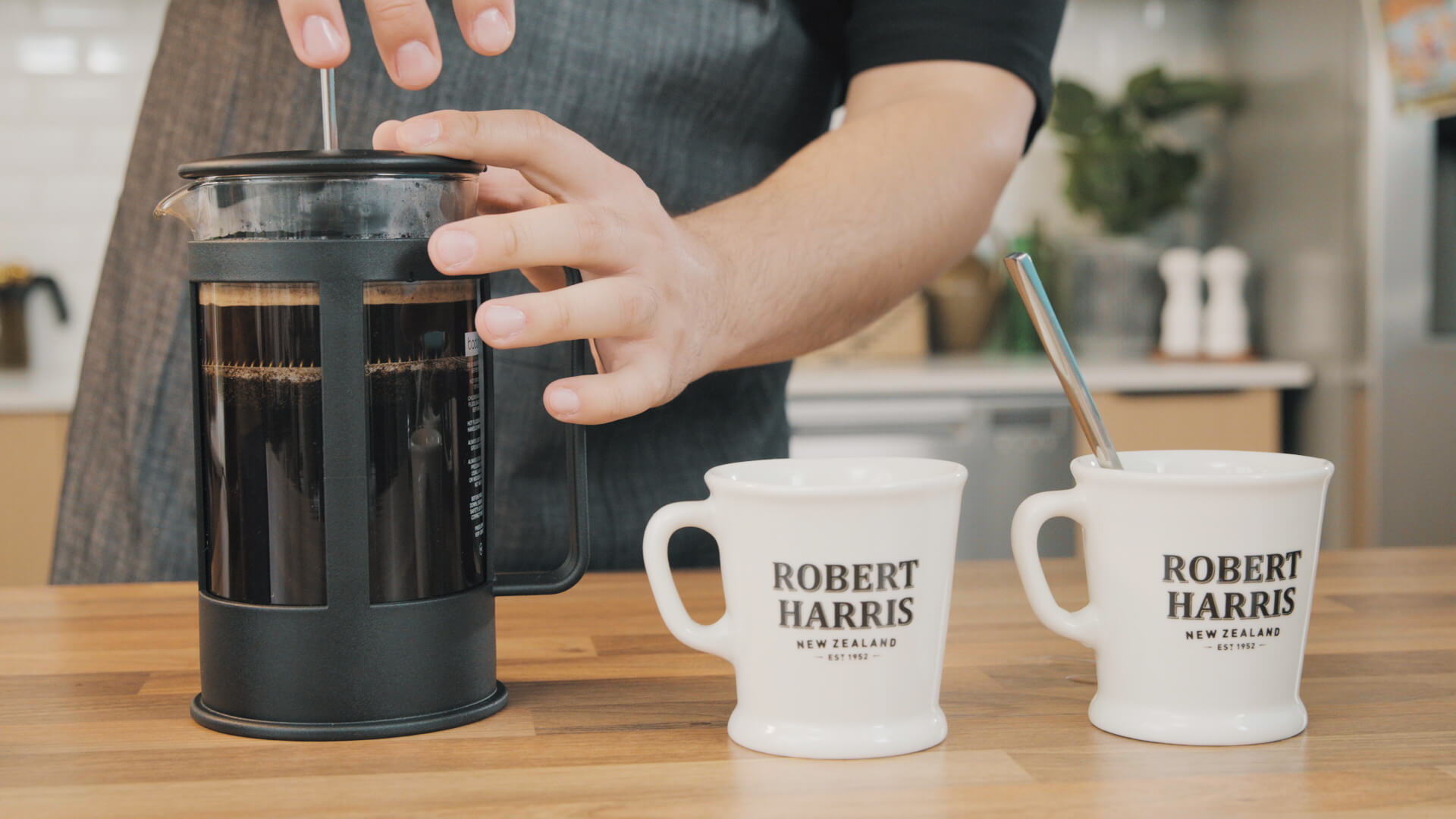
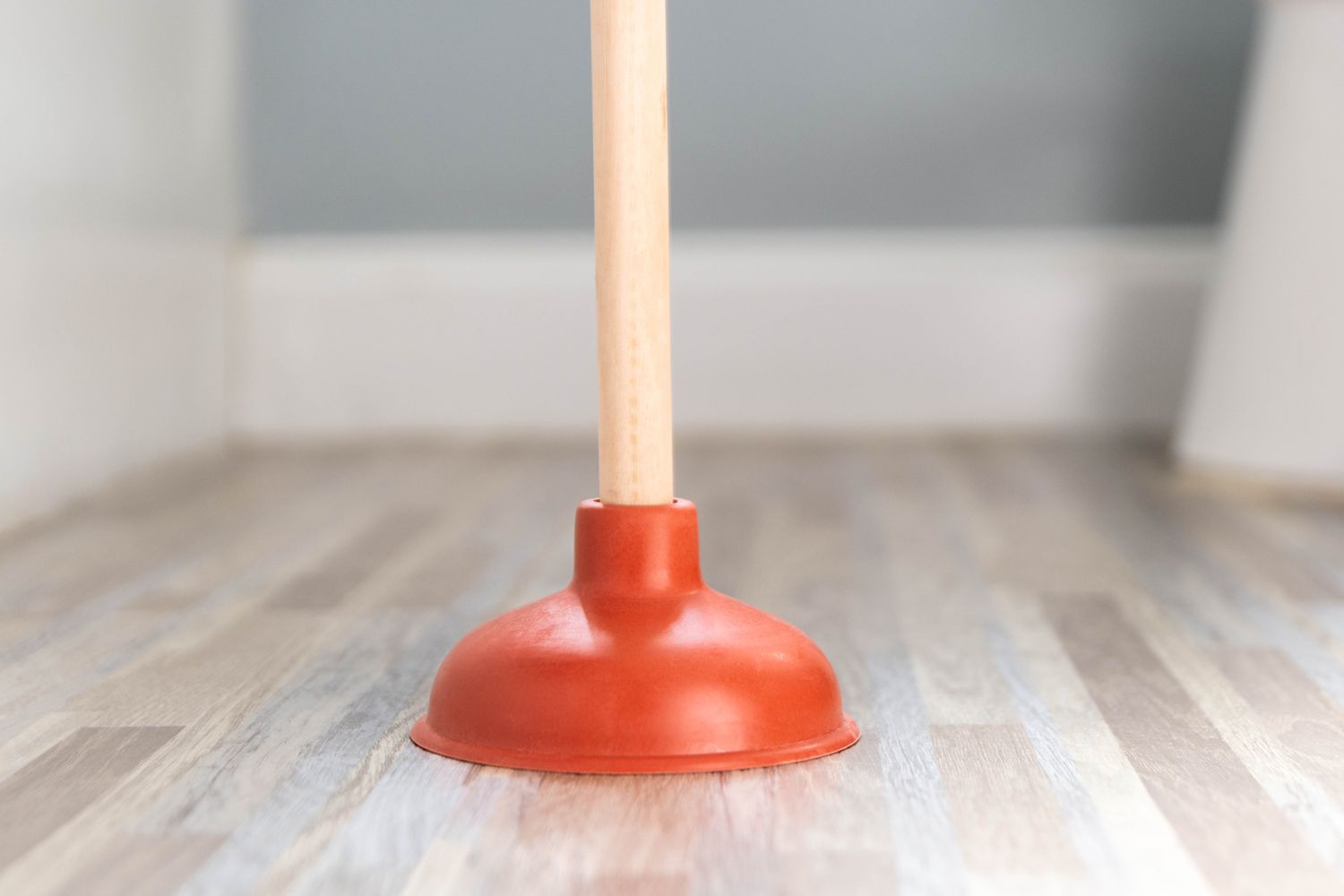
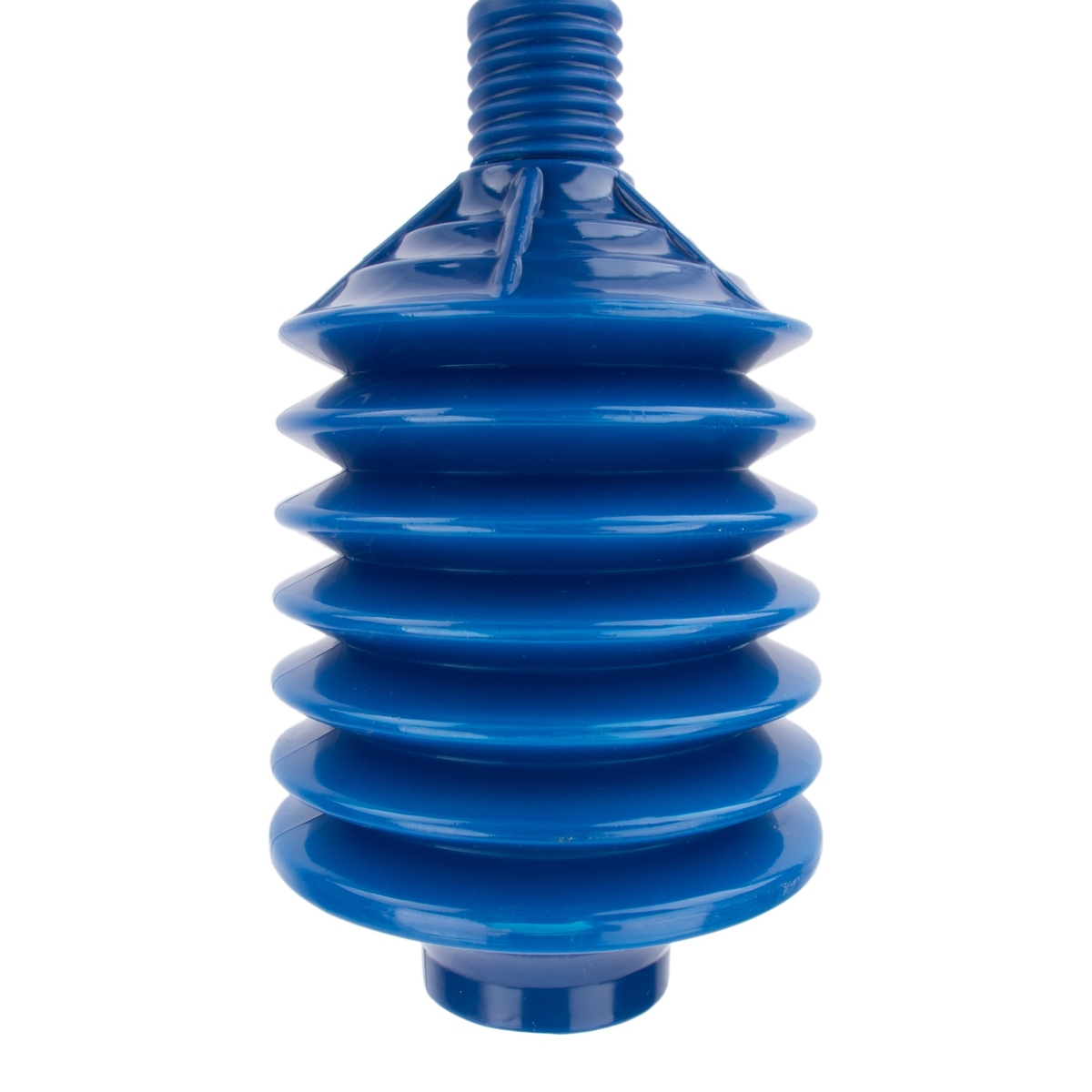
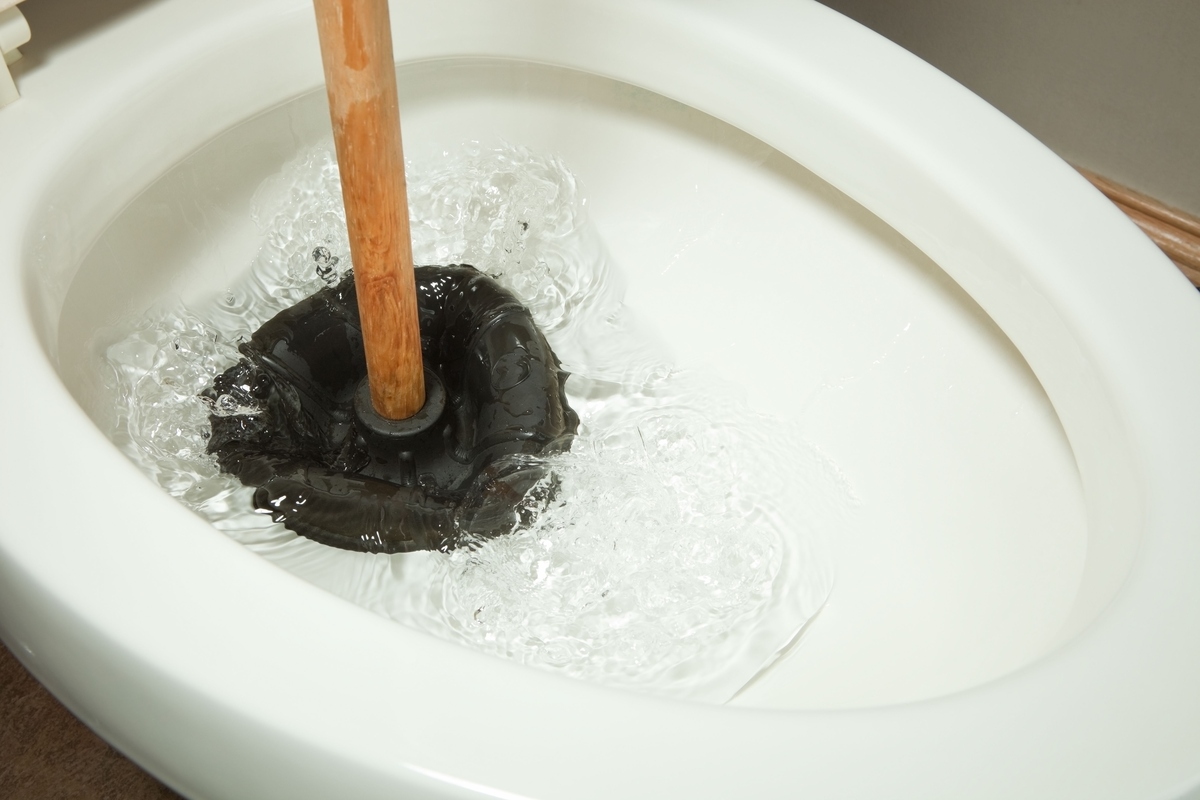
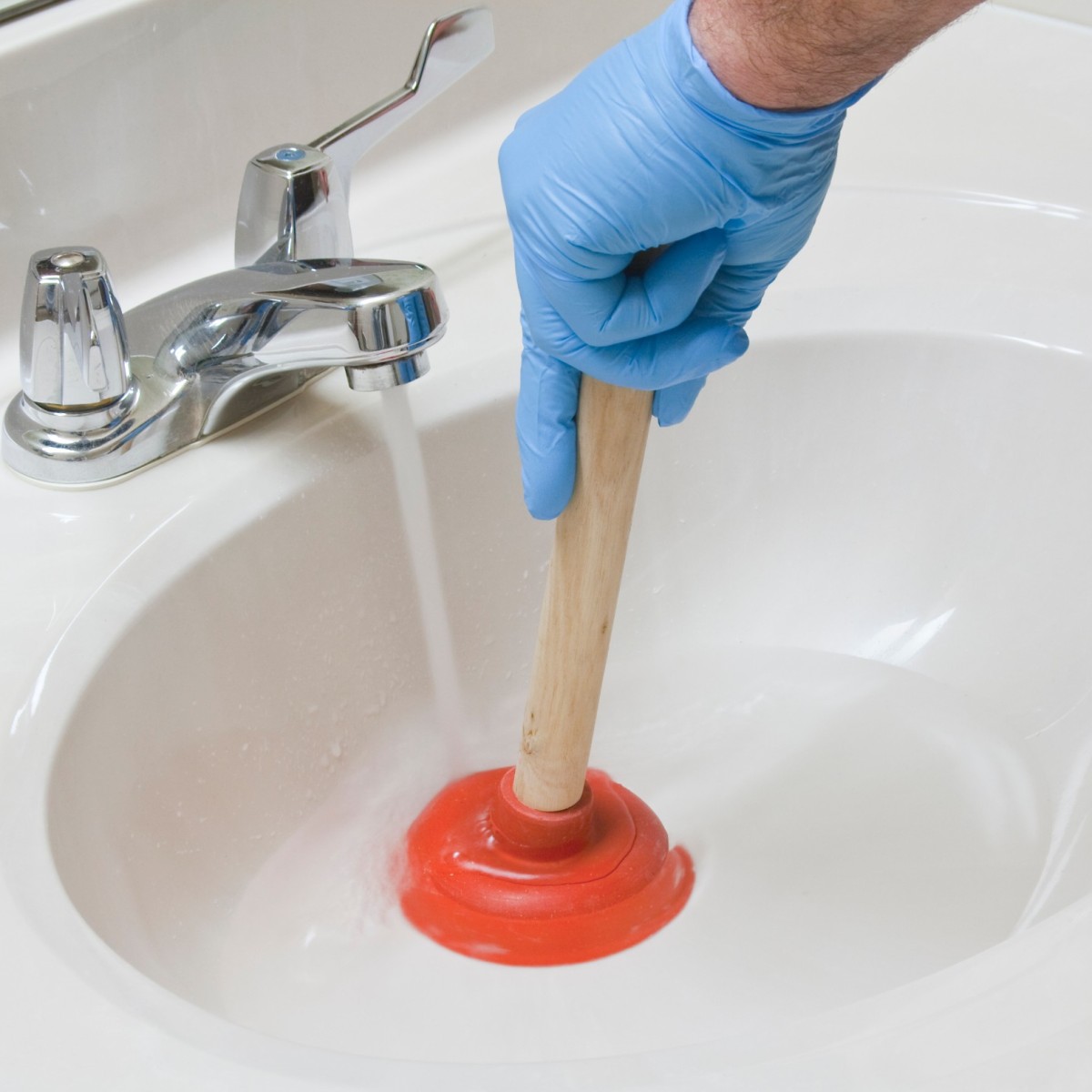
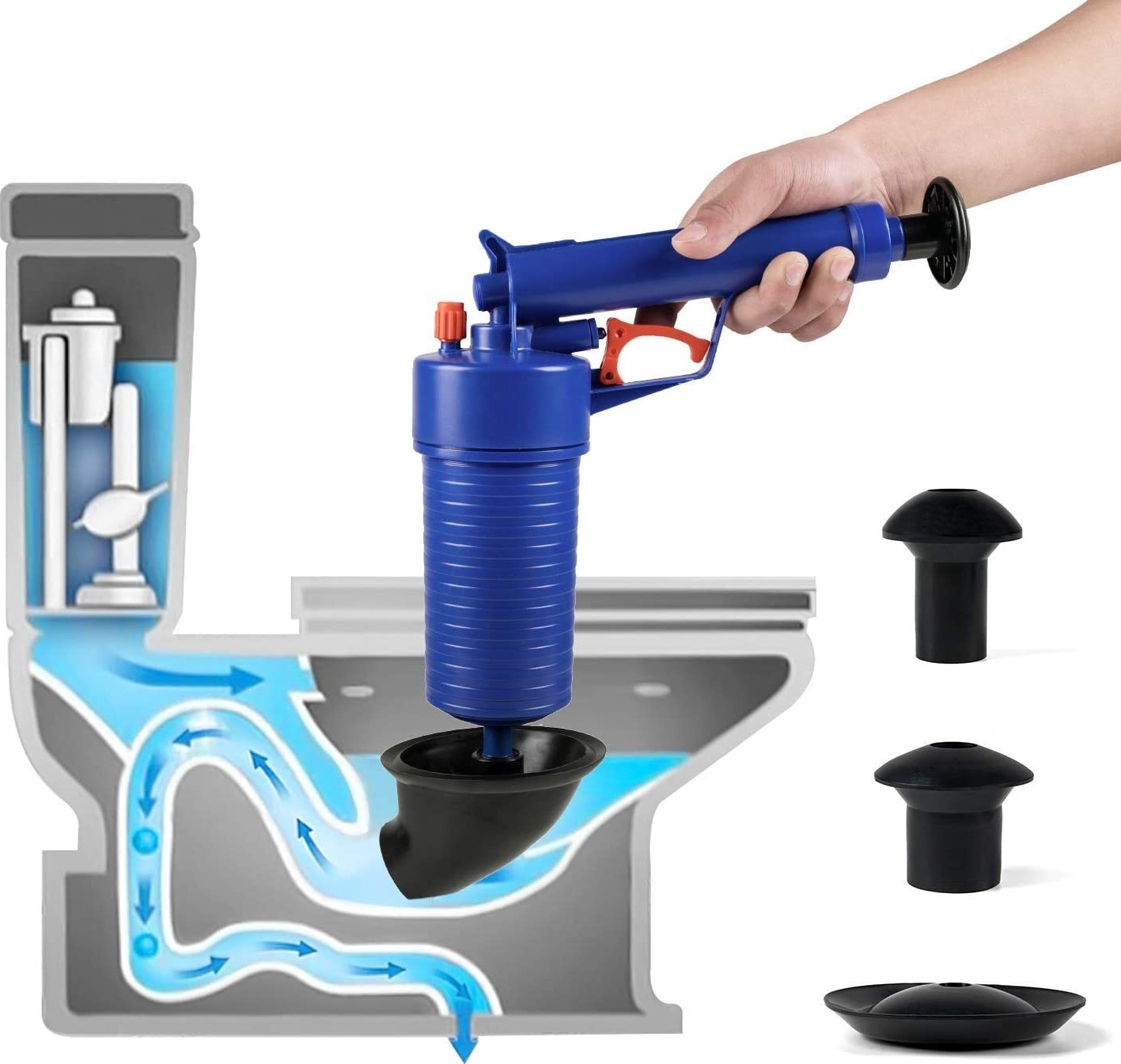
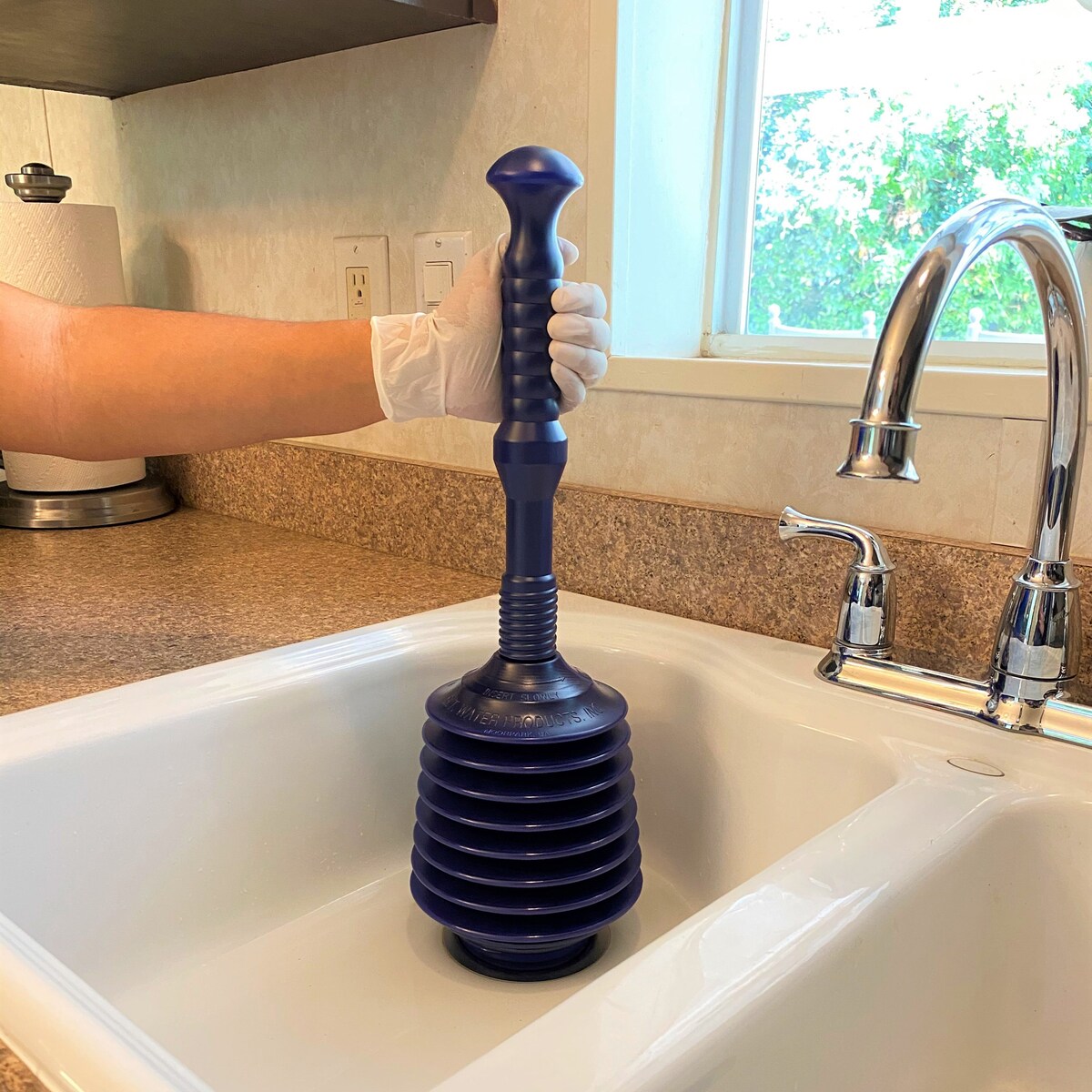
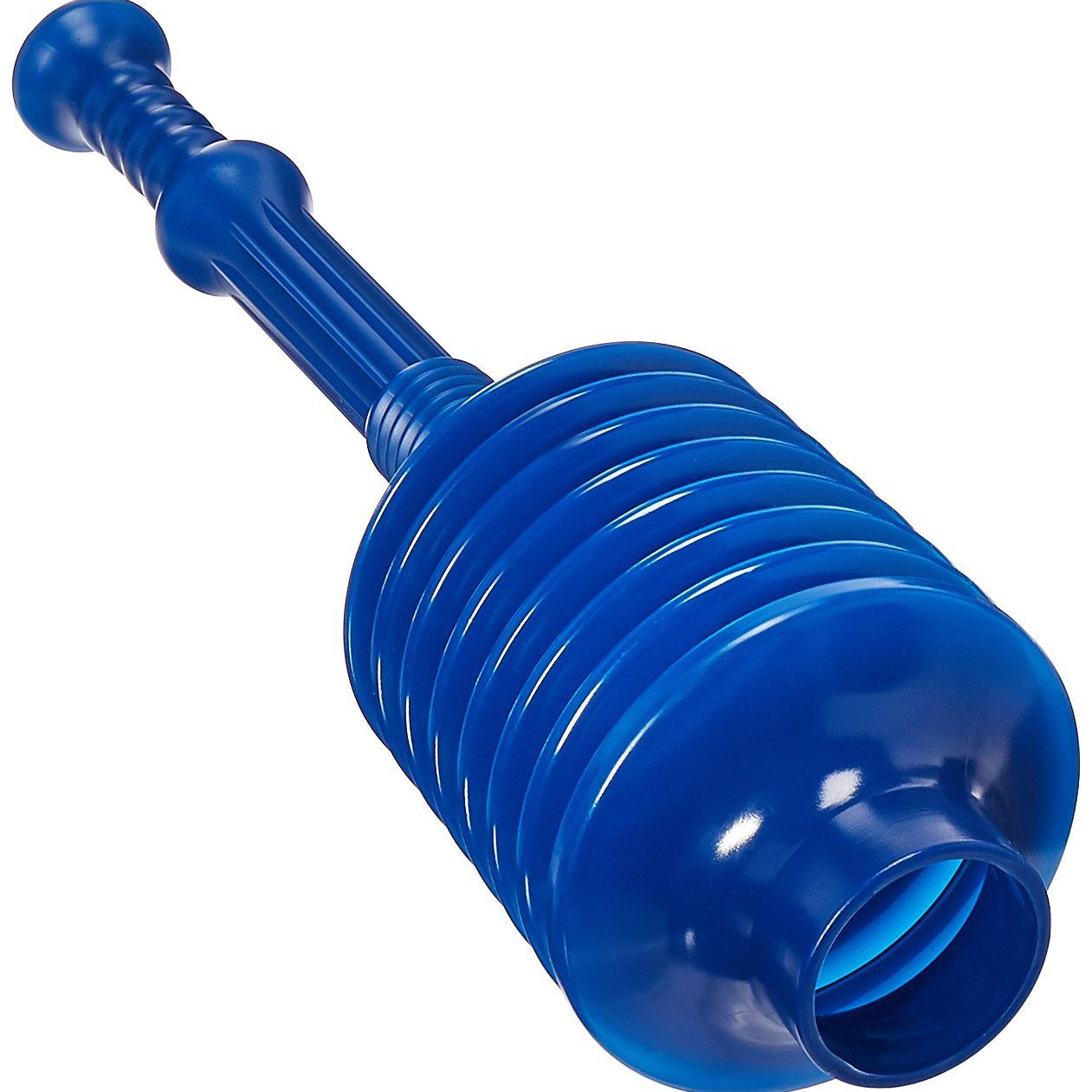
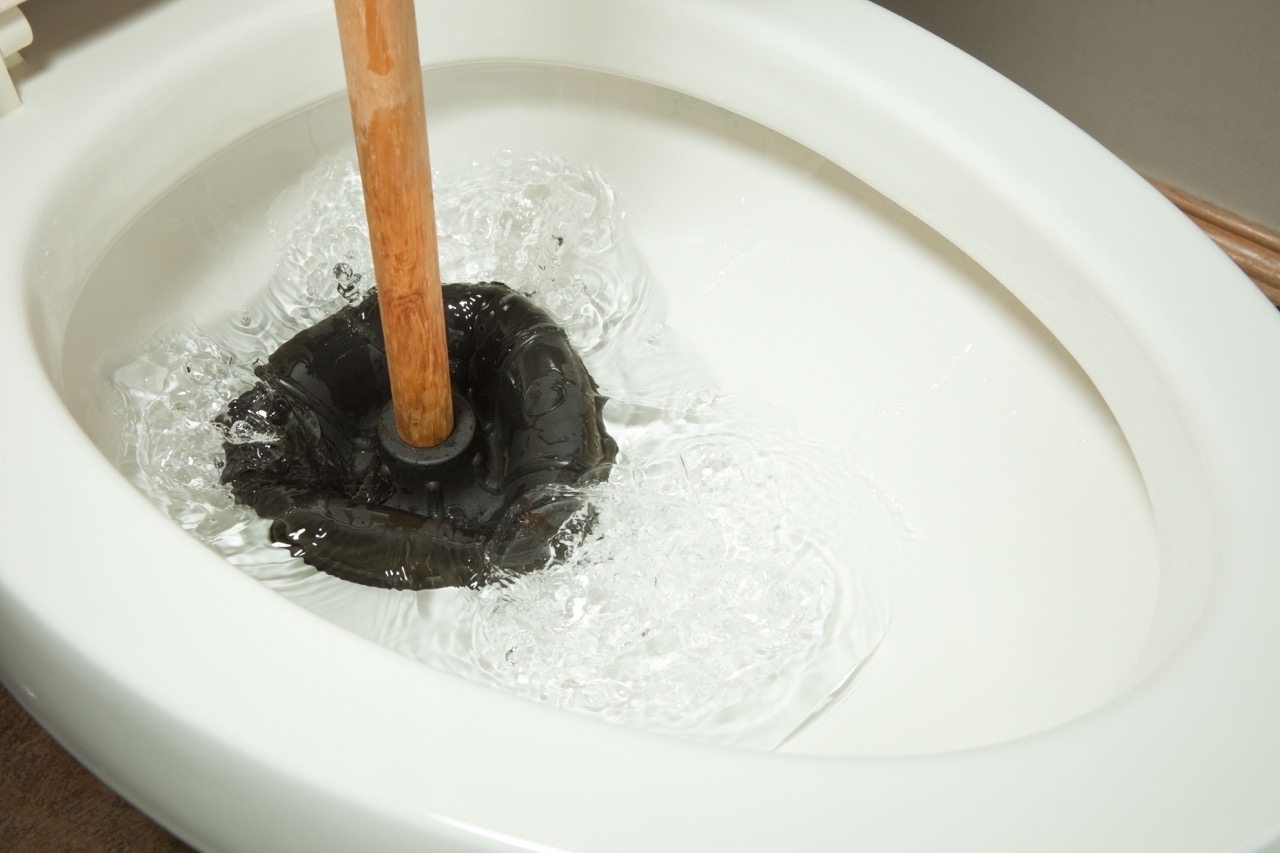
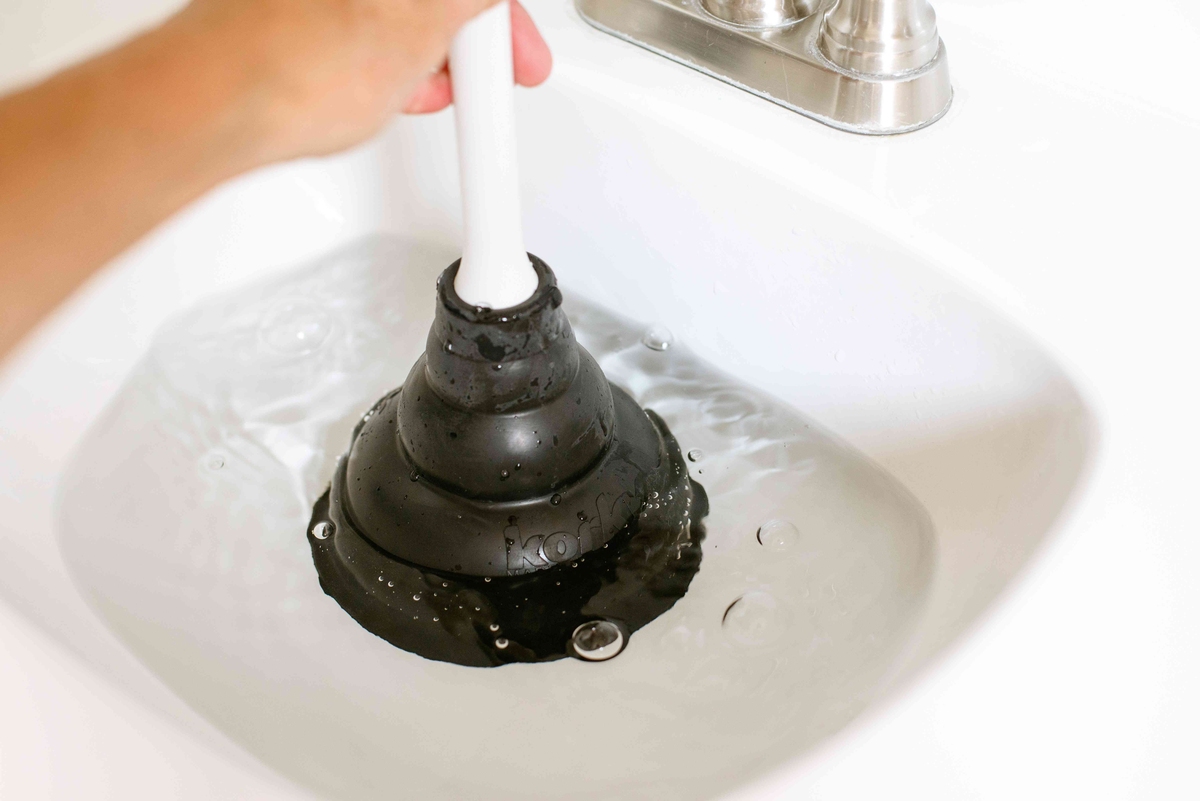
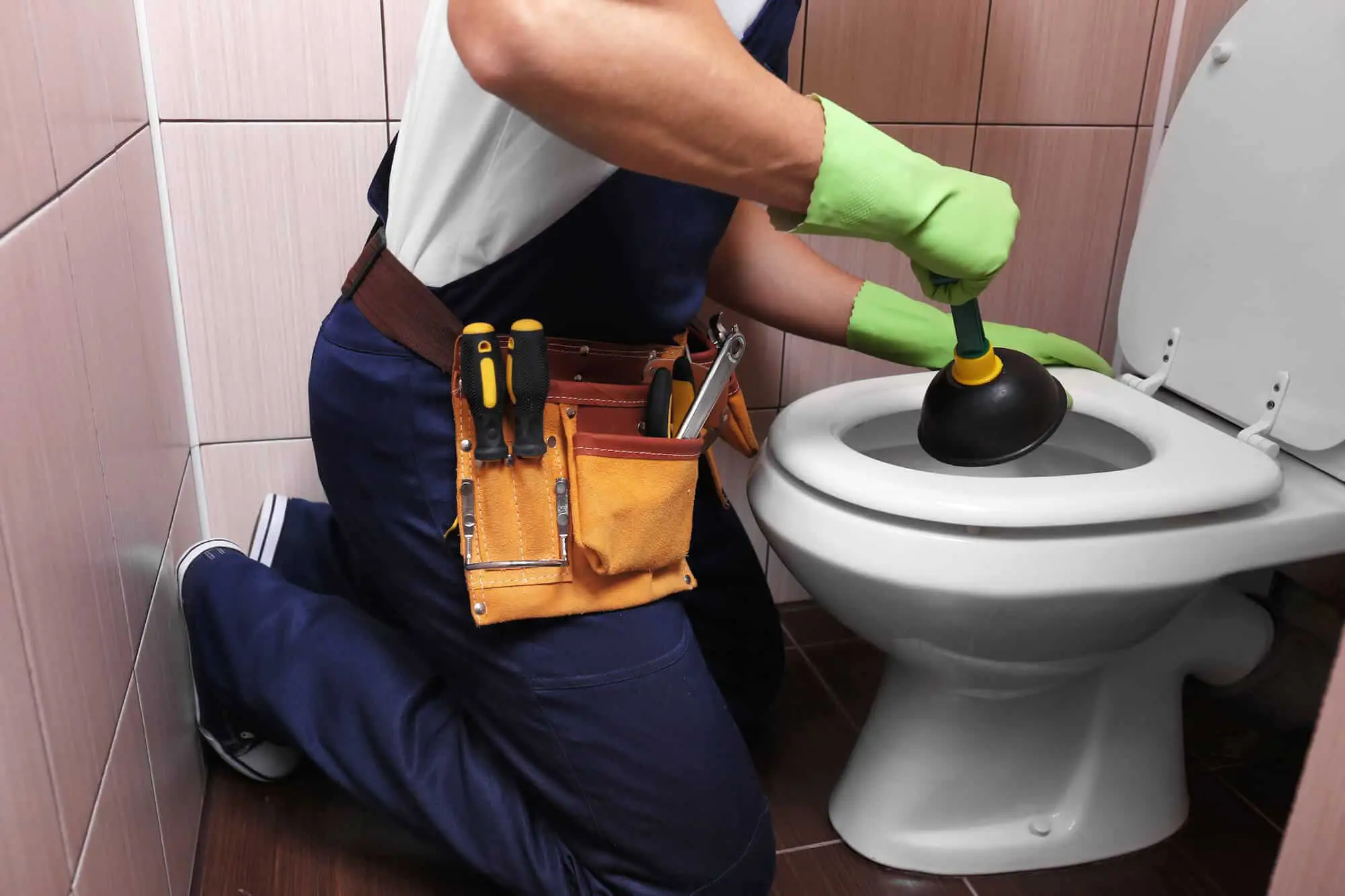

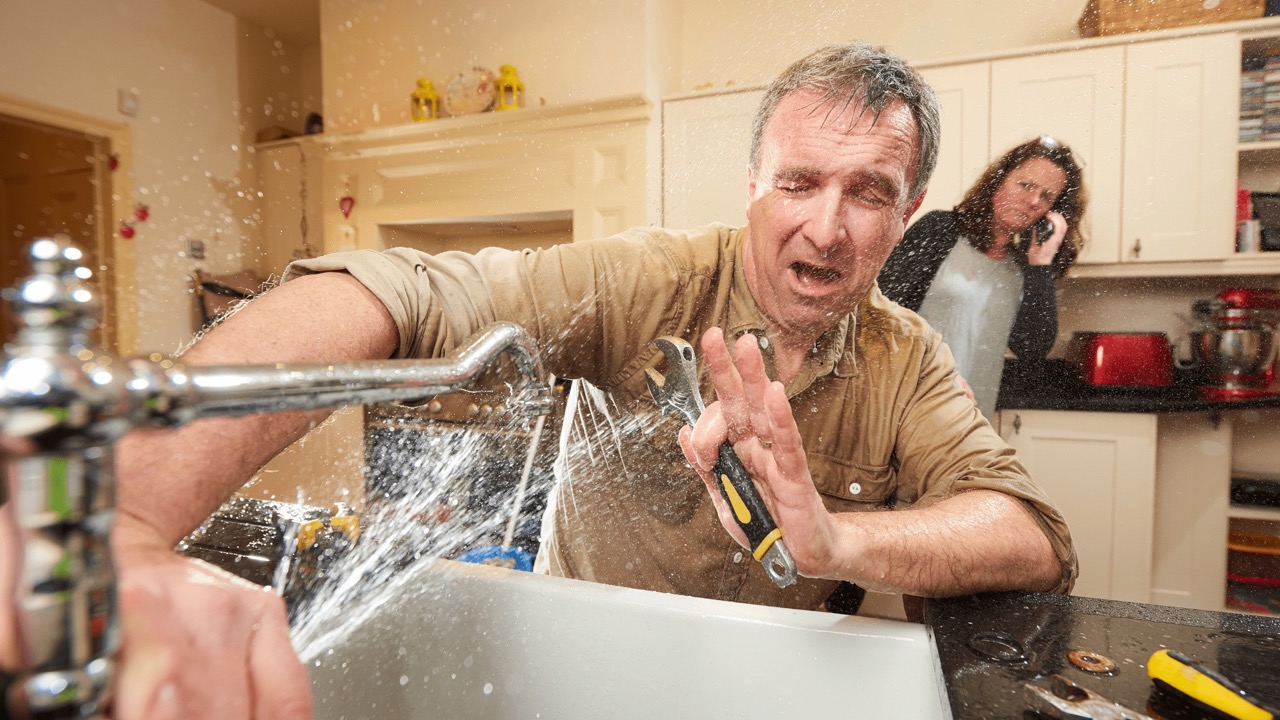
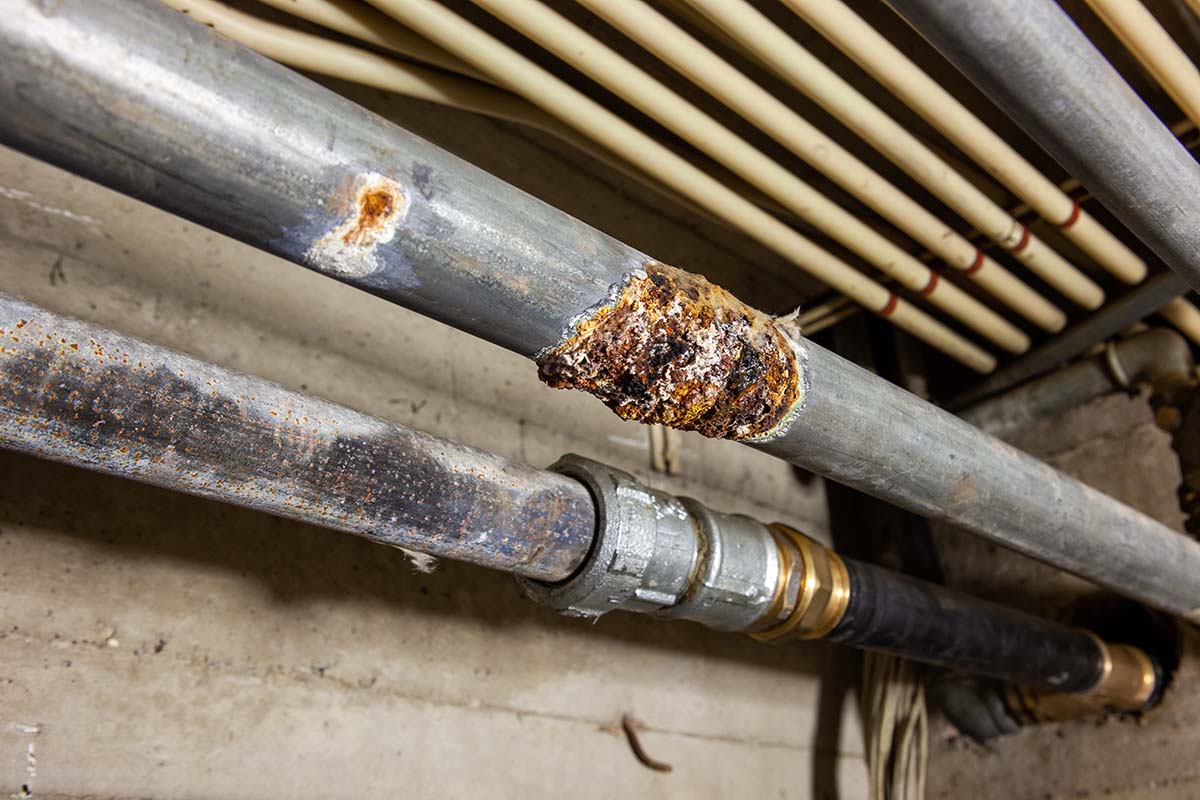

0 thoughts on “How To Use A Plunger: For Fast Plumbing Fixes”